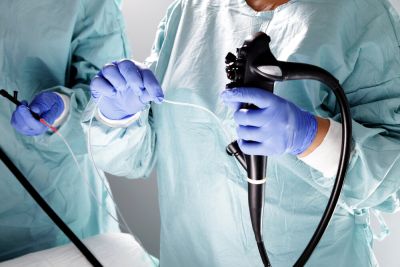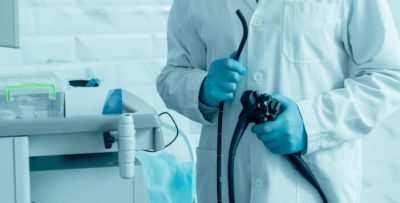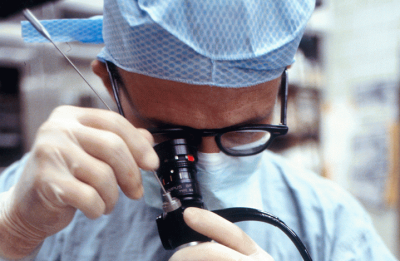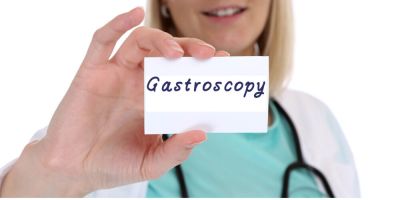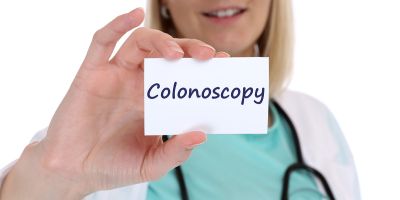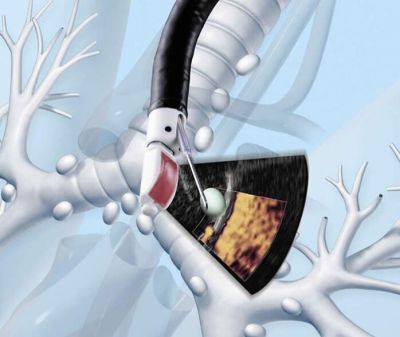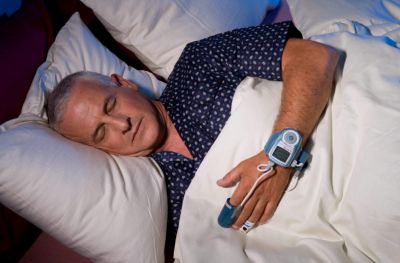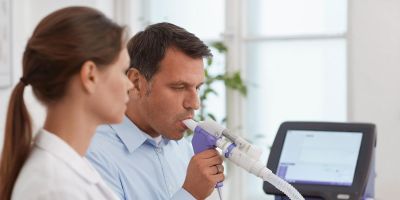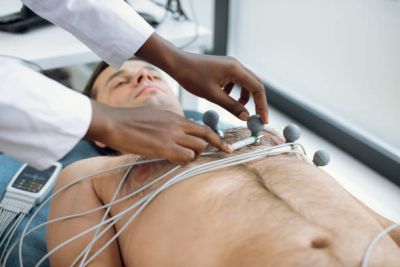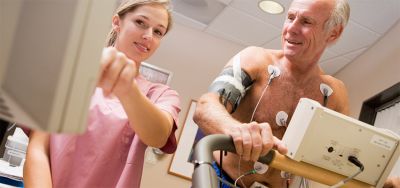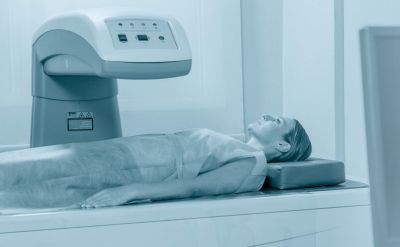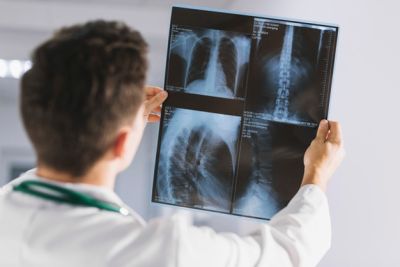A Sleep Study is used to analyze Sleep Apnea, a sleep disorder that individuals have during their sleep. It is an overnight “in-home” sleep study in the comfort of your own bedroom while wearing a small portable device. Sleep Apnea is the sleep disorder that people face during sleep, which pauses in breathing or when low breathing occurs more often than usual. Every pause or stop of breathing can last from a few seconds up to a few minutes, and they might happen several times a night. This disorder, commonly known as snoring, and those usually affected, experience sleepiness, feel tired during the day, or even are hyperactive.
There are two (2) forms of Sleep Apnea, either obstructive sleep apnea (OSA), where a blockage of airflow disrupts breathing, or central sleep apnea (CSA) where frequent unconscious breath stops or might be a combination of both. The most common is obstructive sleep apnea.
The main reasons people suffer from sleep apnea, and most of the time are unaware of it, are overweight, allergies, family history, having a narrow upper airway, ineffective pharyngeal dilator muscle during sleep, unstable control of breathing, or airway narrowing during sleep.
The best way to treat sleep apnea is through vital lifestyle changes; stop alcohol and smoking, lose weight, use a breathing device, or even through surgery. If patients ignore or don’t pay any attention to this sleep disorder, they might face high risks of heart attack, stroke, diabetes, heart failure, irregular heartbeat, etc.
People suffering from sleep apnea in midlife have more chances of developing Alzheimer’s in older age. Also, sleep apnea is more common in men than women.
